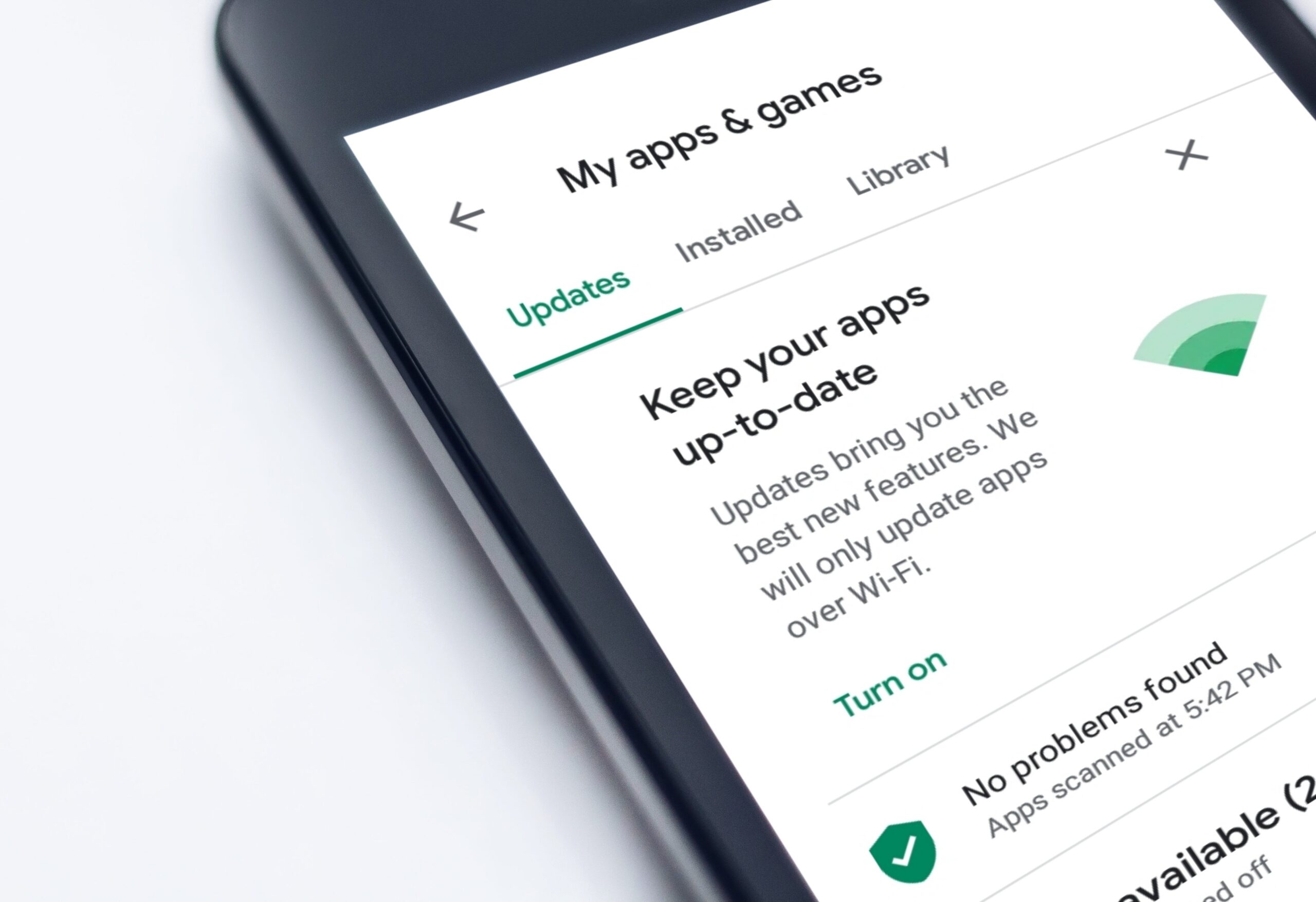The first of a two-part recap of 2017 looks at the biggest stories and most significant developments in the first six months of the year
As the public sector digital and data world reaches the end of another year, it can look back and reflect on another quiet and uneventful 12 months.
Quiet, that is, apart from the snap general election, and the shock result that saw the government lose their Commons majority. And apart from the ongoing £50bn tug of war to extricate the country from the European Union. And the global WannaCry ransomware assault, a cyberattack so destructive it threatened to bring the NHS to its knees, and was “declared a major incident”. And other cyber threats that targeted the heart of government in Westminster and Holyrood. And local authorities’ continued balancing act of trying to not only maintain, but transform services while dealing with decreased funding. And universities facing ever-greater challenges in attracting students, in an increasingly competitive landscape. And Whitehall’s ongoing drive to deliver its Government as a Platform vision, and promote its adoption throughout the UK public sector. And the work being done to radically simplify procurement and invite more and more technology SMEs into the public.
A pretty unremarkable year then.
Still, we found the occasional interesting development to write about, and reported on a few things that seemed to pique the curiosity of our readers.
In this, the first of a two-part recap of 2017, we look back at the first half of the year, and briefly round up the most significant developments, while revisiting the most popular stories of each month.
January
The year kicked off with a New Year Honours list that recognised a number public sector digital advocates, including DVLA boss Oliver Morley, and Kim Bromley Derry, chief executive of Newham Borough Council in London.
In the healthcare space, prime minister Theresa May announced plans to trial online cognitive behavioural therapy services, as part of a £67.7m investment in digital mental health services. Somewhat presciently, the Joint Committee on National Cyber Security Strategy kicked off an inquiry to examine how ready – or not – the UK government was for a cyberattack.
The Department for Education began the year by appointing a new chief digital officer in the shape of former Government Digital Service head of delivery and innovation Mark O’Neill.
But this quintet were the stories that attracted the most click’s in 2017’s opening month:
- 1) DWP launches £80m document management tender
- 2) Government signals end to Public Services Network
- 3) Atos signs 10-year ICT deal with London NHS trust
- 4) HMRC launches recruitment drive as it expands API Developer Hub
- 5) MPs call for delay to implementation of ‘over-ambitious’ digital tax plans
February
The year’s month brought the publication of the hotly anticipated Government Transformation Strategy, which laid out plans to better use digital and data to improve public services.
There was also a strategic update at GDS, which revealed that it wanted to progress the government’s policy from “cloud first” to “cloud native”. The organisation also revealed changes to the structure of the ninth iteration of the G-Cloud framework.
Another of the Crown Commercial Service’s Digital Future portfolio of procurement vehicles, Digital Outcomes and Specialists, went live with its second edition in February.
These were the five stories that got the most hits over the course of the month:
- 1) GDS reveals plans for shared services at multi-department government hubs
- 2) HMRC seeks “visionary” data exploitation director as part of big data plans
- 3) ‘Bring IT back in’: Former DWP minister says outsourcing is a fundamental mistake
- 4) HMRC to develop separate identity assurance service to replace Government Gateway
- 5) Government promises ‘deep transformation’ in long-awaited strategy
March
The first day of the month brought the publication of the government’s Digital Strategy unveiled plans for government and industry to work together to boost the UK’s digital skills, and conduct a review into artificial intelligence.
The following day brought another significant development for the public sector digital scene, with the launch across central government of the GOV.UK Notify messaging tool.
In chancellor Philip Hammond’s first budget of the year the government unveiled commitments to building a national digital tax system and rolling out 5G technology across the country.
The Scottish Government also published its digital strategy in March, a document that identified ways to build skills, drive innovation, and protect against cyberattacks.
This was our top five stories of the month:
- 1) Government faces ‘mass exodus’ of IT contractors as HMRC clamps down on tax rules
- 2) GDS boss reveals latest plans for spend controls
- 3) Waterfall approach ‘contributed’ to failure of £46m project to build Scottish police IT system
- 4) Home Office seeks big data specialists for project worth up to £8m
- 5 ) Data on tablet purchases reveals DWP as Whitehall’s biggest spender
April
The cruellest month, as TS Eliot would have it, brought news that former No 10 deputy head of policy Daniel Korski was launching an incubator for government technology start-ups, with the aim of helping innovative SMEs work with Whitehall.
HM Revenue and Customs also launched a pilot of its much-scrutinised Making Tax Digital programme.
The decision to call a snap election prompted a total 147,000 people to go online and register to vote on the day that Theresa May made the shock announcement.
This selection of stories also generated a significant amount of traffic:
- 1) Accuracy of HMRC’s tax calculating tool questioned in House of Commons
- 2) Chancellor to jettison Making Tax Digital plans from Finance Bill
- 3) Sarah Wilkinson leaves Home Office to lead NHS Digital
- 4) GDS chief operating officer to join DCMS
- 5) Refreshed NHS strategy names digital exemplars and pledges to encourage app innovation
May
The early days of May brought news that London mayor Sadiq Khan was looking to appoint the city’s first chief digital officer.
As the month wore on the election dominated news cycles, and each party’s manifesto made various tech and digital pledges. Labour unveiled plans to create a role as digital ambassador, the Liberal Democrats vowed to end bulk surveillance, and the Conservatives promised the establishment of a digital charter.
The most significant story of the month was surely the WannaCry ransomware attack, which hit NHS organisations across the UK and, in some cases, impacted on hospitals’ ability to administer patient care.
But our two most popular stories of the month reported on two other important developments for the government IT sector: the award of the G-Cloud 9 framework contract, and the passage into law of the government’s Digital Economy Bill.
The best of the rest were:
- 1) G-Cloud 9 supplier list revealed
- 2) Digital Economy Bill gets Royal Assent
- 3) Universal Credit seeks booking system to support up to 30 million appointments
- 4) Tipping point: Agile procurement is in a precarious position as waterfall looms large
- 5) Co-op bags another ex-GDS staffer as extent of changes to service’s top team revealed
June
One of the biggest upsets of a general election that brought some unpleasant surprises for the Conservatives was the defeat of Cabinet Office minister Ben Gummer, who had previously been instrumental in promoting Whitehall’s digital-transformation ambitions. He was replaced in the Cabinet Office by Damian Green – whose own exit later in the year would create even more headlines.
In a newly created position, Caroline Nokes joined Green in the department, in a role as minister for government resilience and efficiency – a post which includes political responsibility for GDS.
The wider public sector was reconciling itself to the fact that the implementation of the EU General Data Protection Regulation was less than a year away.
The issue was a big feature of our most-read stories of the month:
1) NHS ransomware attack one month on: “The people who didn’t patch Windows 7 should be sacked”
2) HMRC IR35 tool improvements ‘make results worse’
3) GDPR compliance: UK’s information watchdog seeks to share ideas as deadline looms
4) GDPR deadline: One third of public sector decision makers not confident they’ll be ready
5) Birmingham set to approve new ICT delivery regime
Part two of our 2017 recap can be read here.



